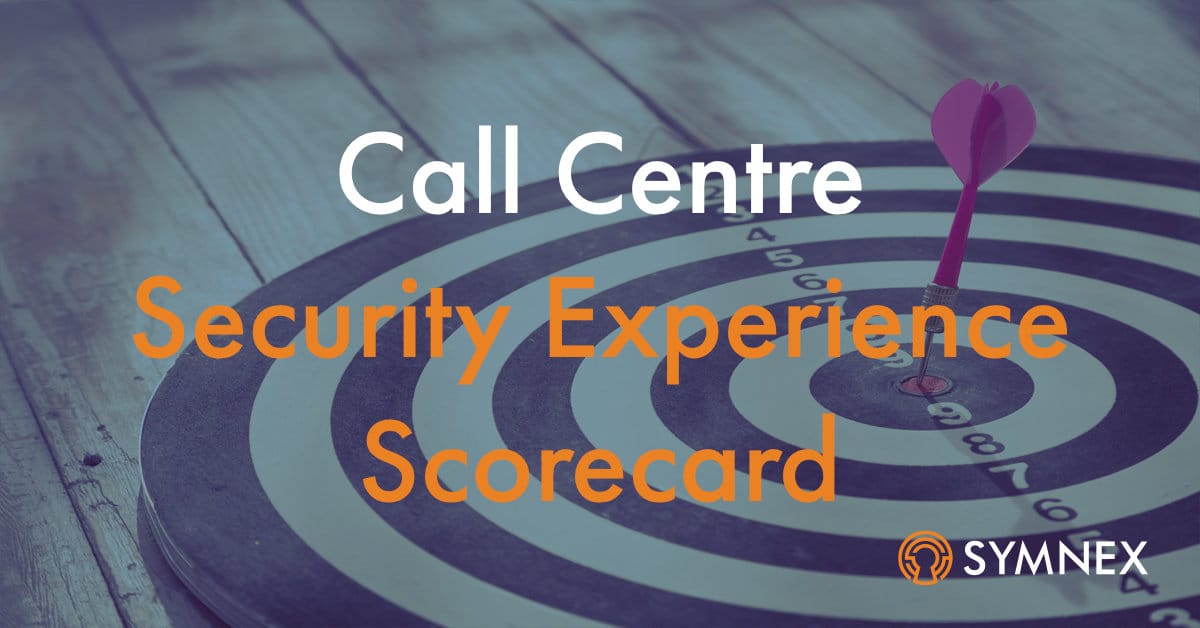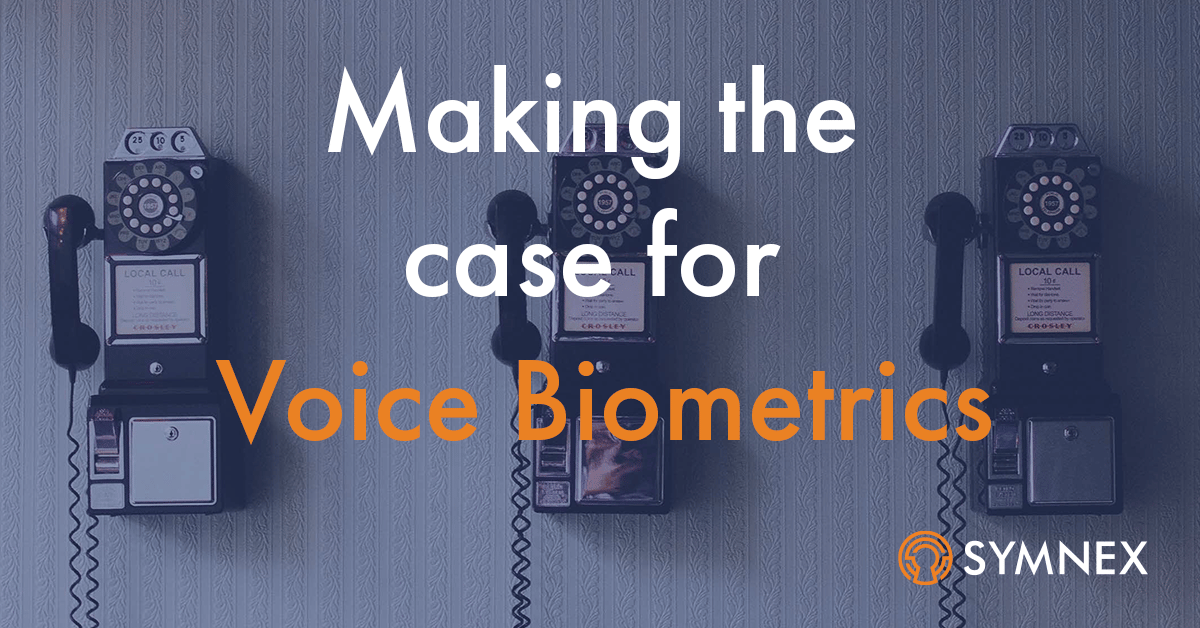
A significant number of Speaker Recognition services using Voice Biometrics are not reaching their full potential because human factors have been inadequately considered during design and implementation.
Our discussions with clients and prospective clients naturally begin with a focus on technology and while it’s obviously a big part of any solution, delivering a functioning service isn’t hard with the appropriate effort and the help of a capable vendor.
The real difference between a merely working and truly valuable service nearly always comes down to the extent to which the less rational and more emotional human needs of callers, frontline employees and internal decision makers have been met.

There are many functionally complete services deployed by businesses around the world that might be PR successes but are failing to deliver any, or all of their potential because the needs of these audiences have not been met. Unfortunately, there is no one right answer to this problem as the dynamics of organisations, even in the same industries, vary so significantly but by identifying these groups and spending time understanding their needs, your chances of success increase significantly. Whilst each group could be the subject of their own post, we have tried to distill the key considerations and top tips to help project teams and leaders increase their chance of success.
Callers
 Your callers (or speakers), are the ones who have to be recognised, use your new service and in nearly every case should choose to use it or at least not actively object. Of course, no corporate mission or values statement is complete without something similar to ‘everything we do is for the customer’ but unfortunately there is no such one person as ‘the customer’.
Your callers (or speakers), are the ones who have to be recognised, use your new service and in nearly every case should choose to use it or at least not actively object. Of course, no corporate mission or values statement is complete without something similar to ‘everything we do is for the customer’ but unfortunately there is no such one person as ‘the customer’.
When you take the time to understand the reasons (the real reason – not just what they said it was), behind why your customers are calling today, you will see that they are numerous and incredibly diverse. So, it’s very unlikely that one design is ever going to meet all of their varied needs, despite our economic desire to build a one size fits all solution. Whilst we might eventually end up in that position it makes no sense to start there and means that the subtleties of these varying needs are lost before you even begin.
Top Tips for Callers
- Develop Personas. We recommend starting this process by developing personas that represent the varying functional and emotional needs of your existing callers, as well as how they respond to your current security processes. Ideally give them names and make them human to your design and engineering teams, so that they can relate to them and their needs are not forgotten when you get lost in the finer detail of delivery.

- Speak to Them. Whilst you will often find some of these personas represented in your own teams, there is a real danger of designing services for “people like us” rather than “people like our callers,” so we always encourage actually talking to some of these callers about what’s important to them. It’s not as if they aren’t comfortable with using the phone to talk to you and you get extra points if you video these discussions and use them to influence your other stakeholders!
With just these two simple steps you will gather the required information to determine which customers are most valuable to your project and can ensure that your design is optimised to fully meet their needs. Of course once you start, don’t forget to check back with these callers to make sure that it works for them.
Frontline Employees

Whilst the caller has to agree to provide their voice to be later recognised, it’s nearly always front-line employees who have to ask them whether they want to use it. Real business impact with voice biometrics is inevitably some function of the number of speakers enrolled, so ensuring these conversations take place and are actually effective is a significant contributor to success.
As with callers, frontline employees are not all created equal. Some will be more comfortable with “selling” than others, some will be natural advocates and others will be struggling with their day job. We cannot assume that what seemed simple and made sense to us on a white board, having been immersed in the topic for months, will be consistently and uniformly applied in reality.
Top Tips for Frontline Employees
- Failure Proof. By virtue of being at the front line they are constantly experiencing change and being asked to do things differently so in designing your Voice Biometric service you should ensure you make it as easy as possible for them to get it right when implementing the approach. Good user interface design can reduce the chances of mistakes being made and make the complex seem simple and easy.
- Concentrate Experience. Because these conversations involve new technology and impact an area that is sensitive to customers and agents it can take a significant number of times before someone becomes proficient. It’s often worth dedicating this work to small groups so that they do it on every call, rather than a couple of times a week. This way you can also concentrate your efforts to build advocacy and minimise the disruptive impact on the rest of your business.
Decision Makers and Influencers
 If you thought understanding callers and motivating front line teams was difficult, you may discover that some decision makers and their influencers can be even more challenging!
If you thought understanding callers and motivating front line teams was difficult, you may discover that some decision makers and their influencers can be even more challenging!
Their needs are frequently less overt and habitually more emotional than callers or front-line colleagues but with sufficient understanding of what you are trying to do and how it works, even the most political or machiavellian can become advocates. The biggest risk to success is the temptation to compromise sound design or plans, that meet the needs of the other two audiences (who actually have to use this thing), in order to avoid conflict with this group.
Top Tips for Decision Makers and Influencers
- Ensure Understanding. It’s very easy for those on the periphery of projects to build up a defective mental model of how a Voice Biometrics verification system works, particularly if they’ve only been exposed to whizzy vendor demos, or popular media. So, in our projects we mandate a basic introduction to Voice Biometrics concepts to anyone who may touch the project, or be involved in decision making and actively encourage asking what might be perceived stupid questions at every opportunity. Don’t forget that there is often a high turnover of people in different roles and that it takes deliberate effort to catch people up on the rationale of decisions that have been made previously.
- Engage Early and Widely. Finally, because Biometrics often forces organisations to consider the real trade off between security and convenience for the first time, and make quantifiable decisions about, it can often face resistance from those who’ve invested considerable time and personal capital in the status quo. The experience of these individuals is invaluable to any project because whilst these processes may soon be largely redundant, they have adapted over time to reflect the real threat an organisation faces, so understanding their rationale helps enable secure enrolment and avoids similar problems with Voice Biometrics.
Conclusion
One of the most powerful effects of Voice Biometrics is the way it gets technology and process out of the way and let’s one human speak to another in a secure and trustworthy conversation. So in designing and implementing Speaker Recognition solutions it is critical that the needs of different audiences are understood and reflected. Decision makers need to understand and trust in the approach before frontline employees can use it and advocate for it to callers, who finally need to be able to use a service that achieves what they want in the way that they want it.
Popular Posts


